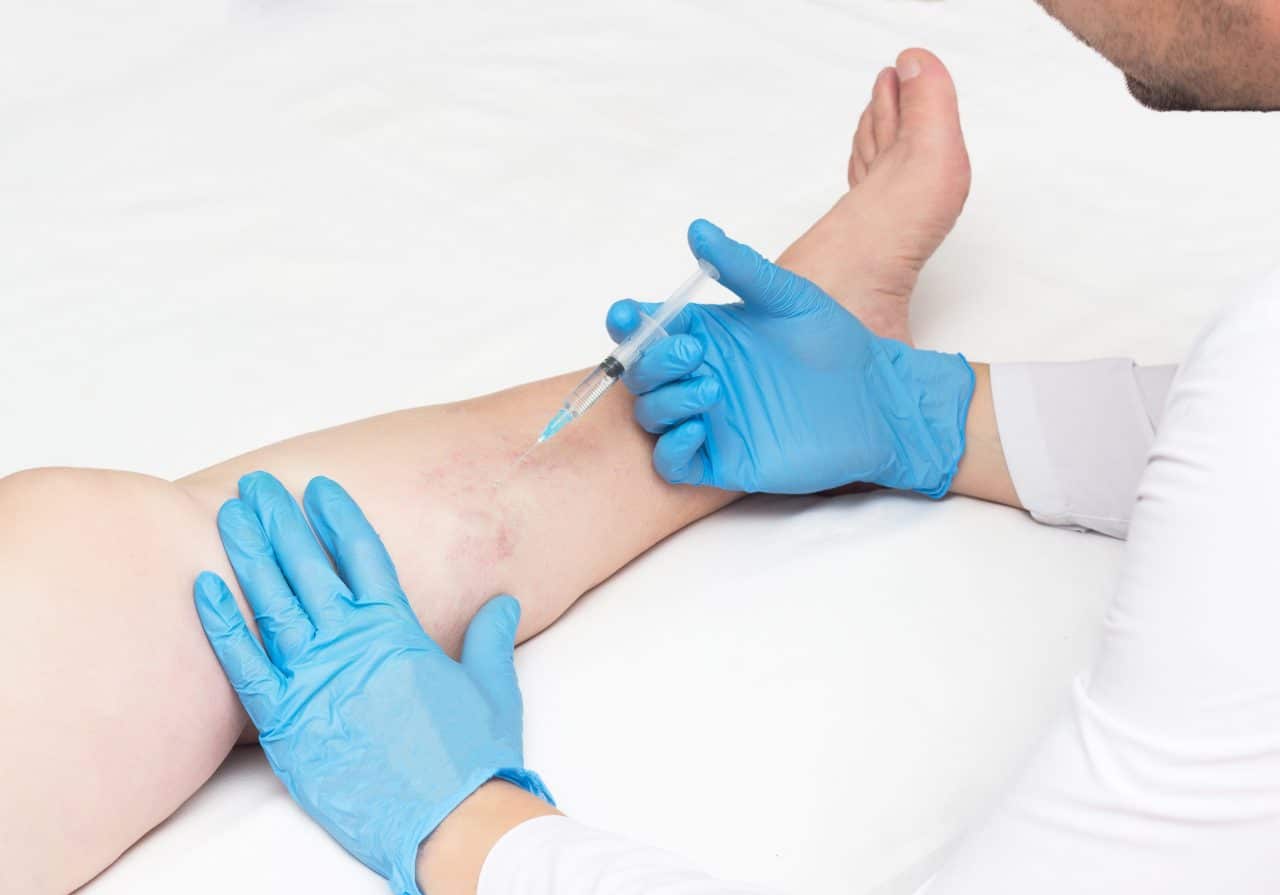Many people's legs may be affected by varicose veins, which can be bothersome and painful and cause discomfort. There is good news, though! What are the treatment options for varicose veins? There are therapies accessible that don't necessitate major operations or protracted recuperations. These procedures, which are referred to as minimally invasive or non-invasive, are efficient ways to enhance the appearance and lessen the discomfort of varicose veins. The effectiveness of various treatments in promoting healing will be discussed in this article.
What Procedures Are Used To Treat Varicose Veins?
The Compression Method
Simple and non-invasive compression therapy includes donning socks or stockings. These clothing items gently compress the legs, improving blood flow and minimizing swelling. Compression therapy is beneficial for mild cases of varicose veins. The socks are cozy and come in several sizes to suit everyone's legs.

Sclerotherapy
Small to medium-sized varicose veins and spider veins respond very well to the minimally invasive procedure known as sclerotherapy. A specific fluid is injected into the afflicted veins during this treatment. The veins eventually collapse and disappear as a result of the solution. It seems magical! The procedure takes a little time, and you can go straight away. After a few weeks, most patients see changes in their veins.
Evla (Endovenous Laser Ablation)
Endovenous laser ablation (EVLA) is a minimally invasive treatment option for bigger varicose veins. In order to seal the vein shut, a small laser fiber is introduced into the troublesome vein during EVLA. As a result, the treated vein gradually fades, and the blood is forced to flow through healthy veins. It's like bidding those protruding veins "bye-bye"! Many people report feeling significantly better after receiving EVLA, which is beneficial.
Ablation Via Radiofrequency (Rfa)
Another less invasive method of treating varicose veins is RFA. In contrast to EVLA, it makes use of radiofrequency radiation. For bigger varicose veins, RFA is risk-free and very effective. Most people can quickly resume their daily activities after a brief operation. For anyone with varicose vein irritation, RFA can be a game-changer.

Phlebectomy
For bigger varicose veins that are close to the skin's surface, phlebectomy is a minimally invasive surgical treatment. In this procedure, the vein that is causing the problem is removed in tiny pieces by small incisions made close to it. Though it may seem a little terrifying, don't be alarmed! You won't experience any pain because the treatment is done under local anesthetic. Phlebectomy offers good outcomes for enhancing the appearance of varicose veins and leaves minimal scarring.
Winding Up
Your legs don't have to suffer from varicose veins anymore! Non-invasive or minimally invasive treatments provide efficient ways to improve both your appearance and how you feel. There are many excellent choices to think about, including compression therapy, sclerotherapy, endovenous laser ablation (EVLA), radiofrequency ablation (RFA), and phlebectomy. These procedures are rapid, safe, and yield lasting effects. So, What Kind of Doctor Treats Varicose Veins? And feel free to discuss your varicose veins with a vascular professional and learn more about these fantastic treatments to regain your comfort and confidence.





